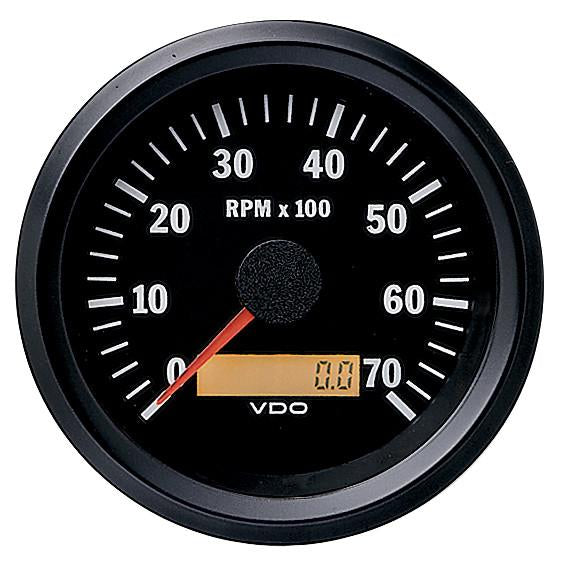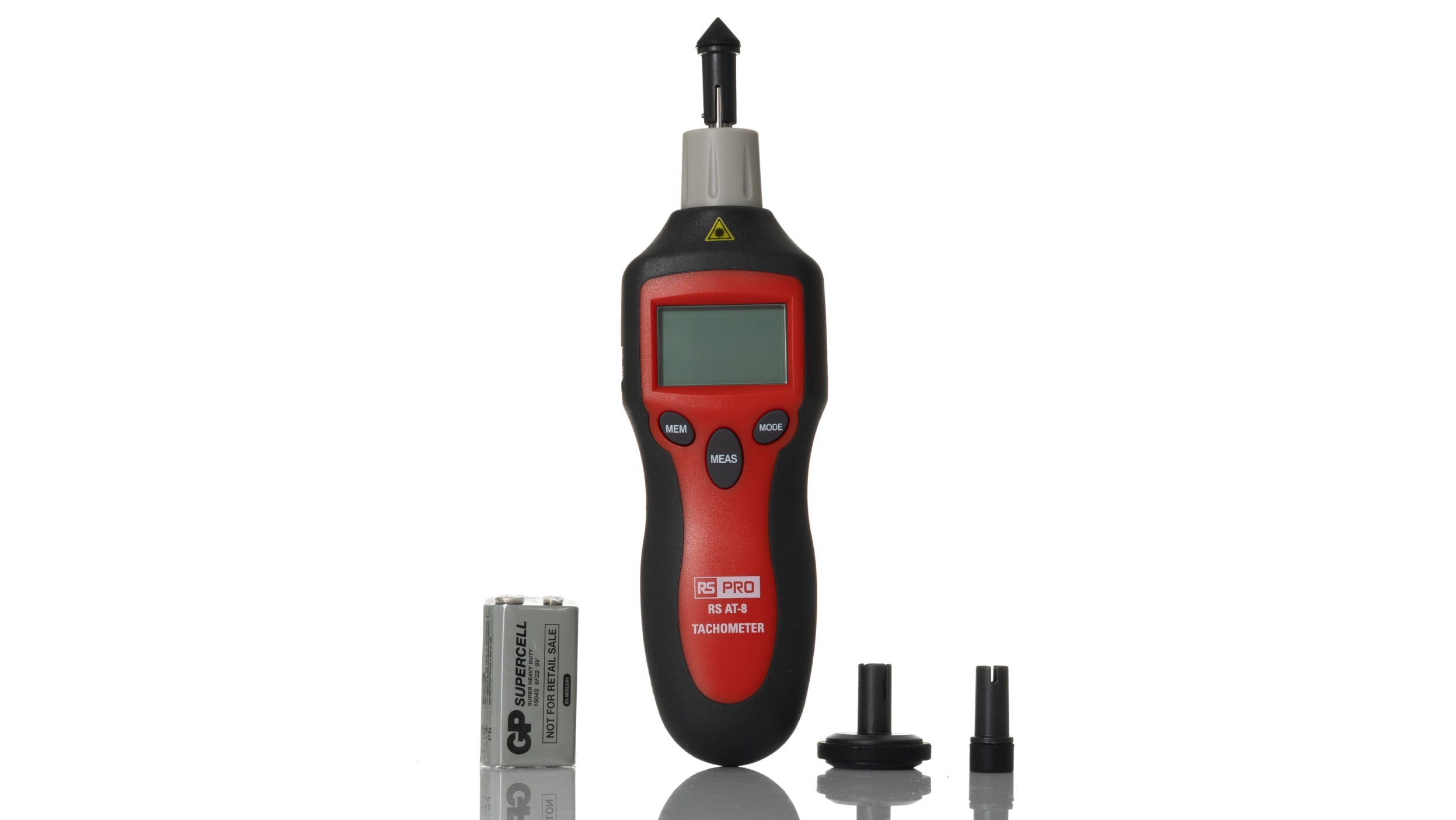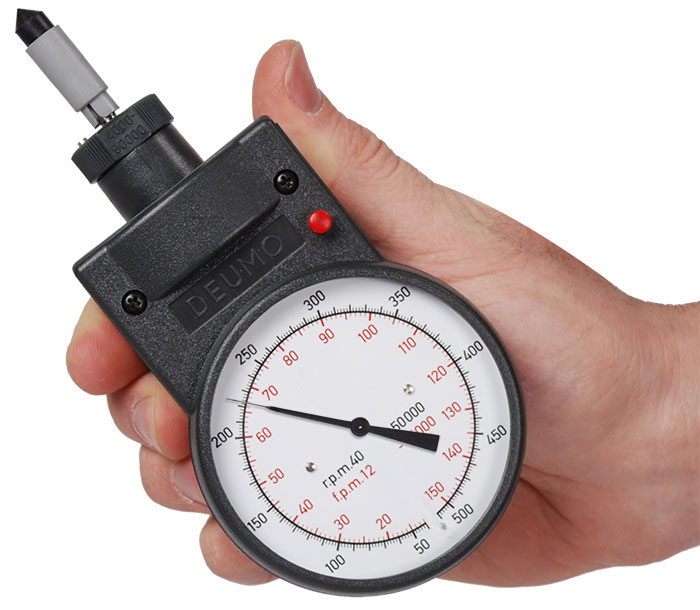The Relevance of a Tachometer in Monitoring Engine Speed and Performance in Automotive Applications
In the realm of vehicle engineering, the tachometer stands as a critical instrument in the vehicle driver's collection, giving a straight window right into the inner functions of a vehicle's engine. Past its feature as a plain scale of transformations per minute (RPM), the tachometer serves as an essential tool for fanatics and professionals alike, supplying real-time insights into engine efficiency and health. Recognizing the significance of this device surpasses surface-level observations, diving right into the elaborate connection in between engine speed, power outcome, and overall driving experience. As we check out the complex role of the tachometer in automobile applications, a deeper admiration for its effect on car characteristics and efficiency begins to emerge.
Relevance of Keeping Track Of Engine RPM
Keeping an eye on engine RPM, or changes per min, is an important facet of vehicle upkeep and performance assessment. Engine RPM directly correlates with the rate at which the engine's crankshaft revolves, suggesting exactly how rapidly the engine is running - tachometer. By keeping an eye on RPM, technicians can examine the health and wellness of the engine, discover prospective concerns, and fine-tune efficiency. An irregular RPM reading might signify issues such as engine misfires, defective ignition system, or issues with the gas shipment system. Consistently high RPM readings can suggest aggressive driving habits or the demand for a higher gear shift to improve gas efficiency.
Additionally, monitoring engine RPM is crucial for efficiency evaluation in auto racing and high-performance automobiles. Preserving optimum RPM levels is critical for accomplishing peak power result and acceleration. Racers usually make use of tachometers to ensure they are running within the optimal RPM array for maximum efficiency. In recap, keeping an eye on engine RPM is not just crucial for identifying issues but likewise for enhancing engine performance in different automotive applications.

Advantages of Real-Time Data
In automobile applications, real-time data plays a vital duty in giving instant insights right into the performance and condition of the vehicle. By continuously keeping track of different specifications such as engine speed, temperature level, gas intake, and extra, real-time information supplies countless advantages that add to enhanced efficiency and safety when driving.
One significant advantage of real-time information is its capacity to sharp motorists and technicians to any type of anomalies or concerns without delay. This positive strategy makes it possible for fast identification of potential troubles, allowing for prompt treatments to avoid additional damages or failures. In addition, real-time data helps with performance optimization by giving instant comments on driving routines and engine effectiveness. Chauffeurs can adjust their actions in real-time based on this information to attain much better gas economy and prolong the life-span of their car.

In addition, real-time data plays an essential duty in modern-day automotive diagnostics, making it possible for specialists to promptly diagnose and attend to breakdowns. This results in reduced downtime, reduced upkeep costs, and eventually, boosted overall automobile integrity and longevity (tachometer). By using the power of real-time data, vehicle stakeholders can make enlightened decisions that positively affect both the efficiency and longevity of the lorry
Effect on Equipment Shifts
The tachometer plays an essential role in optimizing gear shifts by giving real-time engine speed information to the motorist. When coming close to the redline on the tachometer, it signals the chauffeur to upshift to avoid over-revving the engine and causing possible damages.
Moreover, the tachometer help in attaining smoother equipment shifts, especially in manual transmissions. By keeping track of engine speed, chauffeurs can perform gear changes at the ideal RPM variety, decreasing jerking activities and minimizing wear on the transmission parts. This accuracy in gear changes not just improves driving comfort yet likewise contributes to sustain performance.
Enhancing Fuel Performance
Offered the vital role the tachometer plays in maximizing equipment shifts for efficiency and engine health additional resources and wellness, it directly adds to maximizing gas efficiency in vehicle applications. By offering real-time responses on engine speed, the tachometer aids vehicle drivers in maintaining the most reliable RPM array for gas economy. When vehicle drivers constantly monitor the tachometer and change their driving habits appropriately, they can click here to find out more avoid unneeded gas usage triggered by over-revving or carrying the engine.
Additionally, the tachometer aids vehicle drivers recognize the most fuel-efficient gear to be in at any given moment, avoiding the engine from working more challenging than essential. In verdict, the tachometer offers as a beneficial device in boosting gas effectiveness by promoting ideal driving routines and determining areas for renovation in the vehicle's efficiency.

Optimizing Engine Longevity
The tachometer's duty in keeping an eye on engine speed and efficiency is important in making certain the long life of vehicle engines. Monitoring the tachometer permits drivers to remain within the recommended RPM variety for their vehicle, avoiding unneeded strain on the engine and expanding its lifespan.

Final Thought
In conclusion, the tachometer plays a critical function in monitoring engine rate and performance in vehicle applications. By providing real-time information on RPM, it allows for effective gear shifts, boosted fuel performance, and optimized engine longevity. This tool is crucial for preserving optimum engine performance and making sure the overall performance of a vehicle.